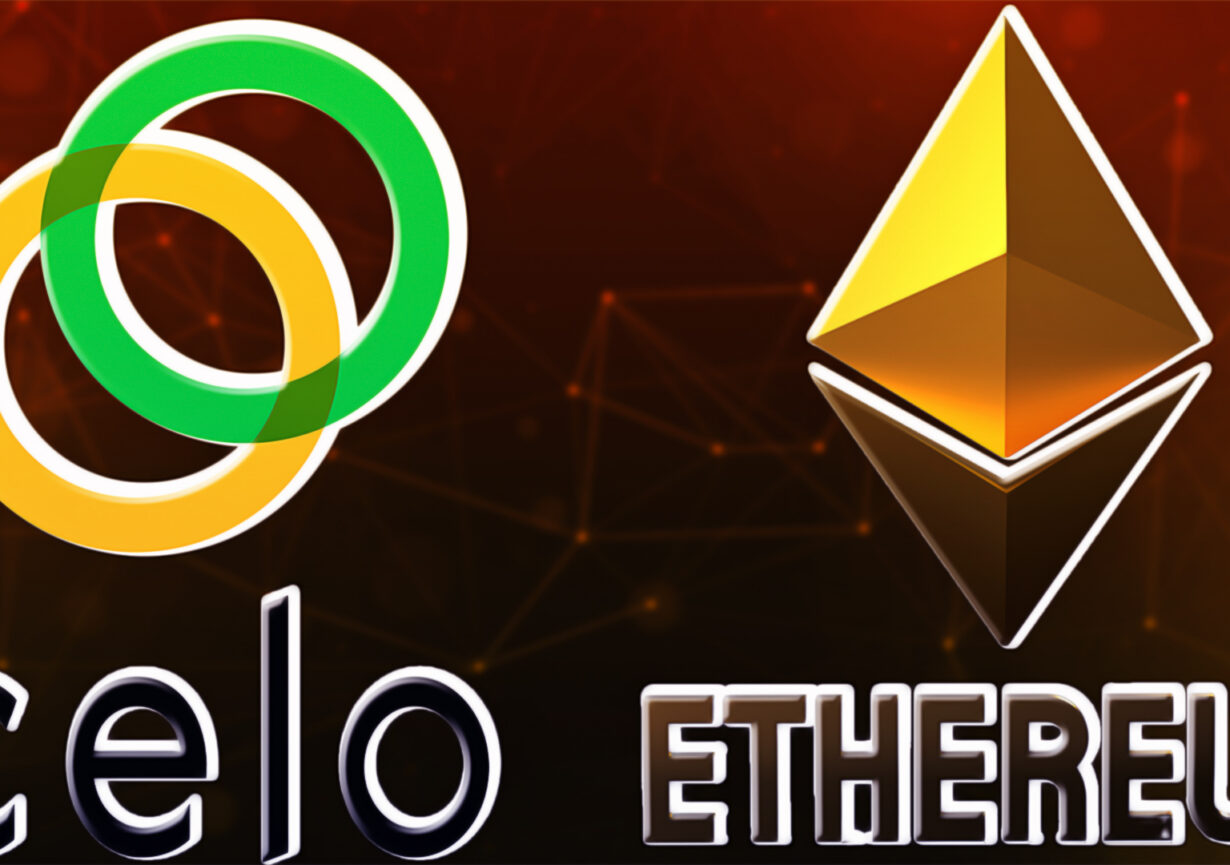- Celo blockchain is planning to integrate the leverages of OP stack in architecture to be an Ethereum Layer-2 blockchain.
- This transition could empower Celo developers to utilize Ethereum tooling and libraries.
Celo blockchain, developed by cLabs, is returning to the Ethereum ecosystem by transitioning into Layer-2. It is evolving from an independent EVM Layer-1 compatible blockchain to a Layer-2 solution. Additional features are an off-chain data availability layer which can be accessed by node operators of Ethereum and secured by restaked ether (ETH). It will replace decentralized L2 Sequencers on the node validator’s behalf.
About Celo Blockchain
Initially, this platform aimed to address the limitations of global crypto adoption as a means of payment. The hurdles in building on Ethereum were its consensus mechanism and scalability. This led to the launch of Celo Mainnet, the first EVM compatible proof-of-stake (PoS) and carbon negative Layer-1 solution. It was launched on Earth Day in 2020.
Even after its launch, Celo kept a close eye on Ethereum’s activities, upgrades and developments in rollup. They monitored Ethereum’s advancements to lead Celo’s development by integrating its mainnet. The upgrade proposal of its mainnet was based on Ethereum’s rollup and sequencer advancement.
Benefits of Migration to Ethereum L2
With this changed proposal, Celo’s ecosystem will continue to foster an openly built and financially inclusive community. Its migration from an EVM compatible Layer-1 solution to ethereum Layer-2 will not affect its aim to build global prosperity conditions with the spirit of web3. L2 implementation is expected to unlock various benefits with enhanced compatibility.
Transition to Layer-2 will improve its threshold security with ensuring the stable state of Ethereum’s mainnet. There could be a minor change in its gas fees. The major changes were expected to be made at the backend, while the user-end will be the same keeping its core functionality.
Why is it Being Integrated Now?
Celo’s blockchain owes a lot to Ethereum. Its mission is to build a financial system that proved to be fairer and decentralized than others. Layer-2 blockchain opens pathways which align more with Ethereum by leveraging its economic security and trust.
There are various key advancements which shows that it’s the right time to migrate to L2:
- Solutions like EigenDA enable off-chain data availability without any major changes in Celo’s transaction fees. In a way, it still contributes to Ethereum EigenLayer opted validators.
- OP Stack has created an impeccable open-source framework for chains and optimistic rollup.
- cLabs believes that migration to Ethereum Layer-2 blockchain will add significant value to their visions and missions with further enhancements.
Add-ons of this Migration
Celo’s transition proposal in Ethereum’s Layer-2 will add these additional benefits in their blockchain:
Cross Community Collaboration
Aligning with the Ethereum community enables opportunities that allow creating own EIPs with exploring off-chain availability of data and decentralized sequencers.
Increased Security
It is elected by 300M locked CELO and is secured by 110 validators as well. This ensures a significant level of security and decentralization. Transition to L2 will provide multifold threshold security with anchored Ethereum mainnet.
Low Gas Fees
There is no expected material change in Celo’s gas fee, as the transition proposal is for off-chain data availability, resulting in lower gas fee compared to other L2.
Conclusion
This shows the potential enhancement in the Celo blockchain, which is likely to be integrated to this network after its Layer-2 transition. It gives an engaged community space to discuss and analyze the different aspects of a network’s migration while keeping its core value anchored. It is also aiming towards revolutionizing technological solutions for payment modes as well.


Leave a Reply